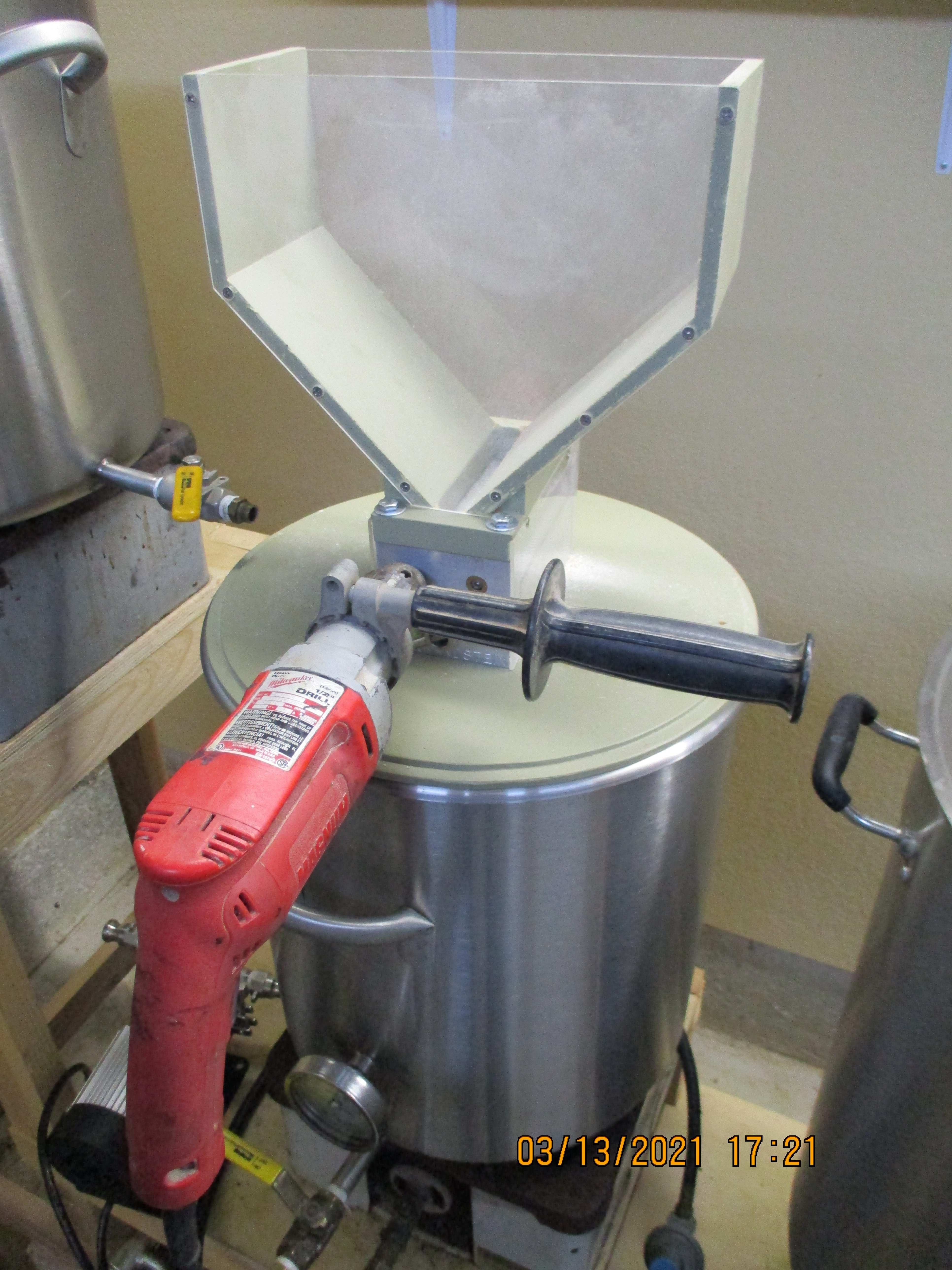^agreed^. The post-milling cleanup after conditioned malt is so small I often don't even bother. Otoh - and especially at this time of the year in the Northeast where the humidity is crashing - it takes a good five minutes with my shop vac to clean out the inside of my mill cabinet, vacuum the outsides of the grain buckets (because they get coated with grain dust) and then the shop floor.
But...there is the restriction that the malt be ground the morning of a brew day, otherwise the conditioning moisture will wake up the incipient lactobacillus which will then start working on the grain. If one ran conditioned malt through a mill the night before I imagine there'd be some rather odiferous grain buckets in the morning...
Cheers!
[edit] To the OP: there is an epic "show us your motorized mill" thread
here if you are looking for ideas. I'd guess most of those shown therein have an enclosed bucket-catching space under the mill.
fwiw, I put this rolling cabinet together using left-over plywood and pine dimensional lumber, even scavenged the hinges and casters from my collection of retired hardware
 View attachment 716702 View attachment 716703
View attachment 716704 View attachment 716705
View attachment 716702 View attachment 716703
View attachment 716704 View attachment 716705


















































![Craft A Brew - Safale BE-256 Yeast - Fermentis - Belgian Ale Dry Yeast - For Belgian & Strong Ales - Ingredients for Home Brewing - Beer Making Supplies - [3 Pack]](https://m.media-amazon.com/images/I/51bcKEwQmWL._SL500_.jpg)












 (not to mention me)
(not to mention me)

